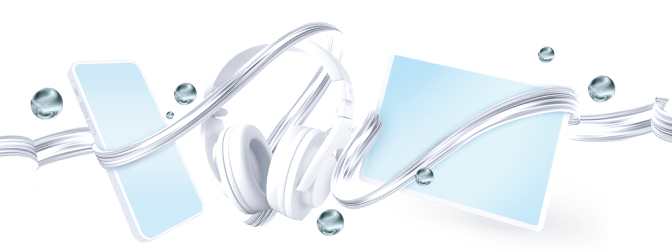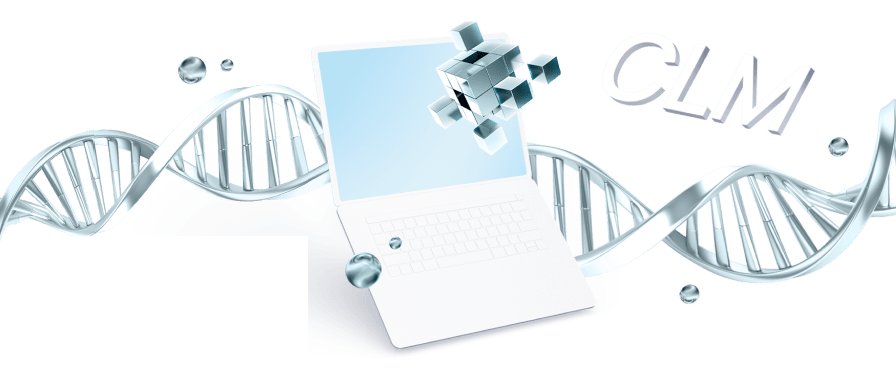Cycling to Success: The Power of Closed-Loop Marketing in Pharma
What exactly is CLM in the pharma world? Is it just another fancy acronym, a mere presentation tool, or a game-changing strategy? At its core, closed-loop marketing in pharma means engaging with healthcare professionals (HCPs), gathering their feedback, analysing it, and then incorporating it into communication with the clients and other marketing and sales activities. Sound familiar? Most successful companies already use a similar approach. However, there is one important difference. To illustrate, imagine finding your way with a compass and with GPS. A compass can help you find the right direction, but it does not provide real-time feedback, suggest optimal routes, or help you reorient yourself if you go off course. A data-driven, technology-based, and fine-tuned CLM strategy is similar to using a GPS instead of a compass to navigate towards higher sales and marketing performance.
In this post, we describe what CLM in pharma is, which nodes make up the loop and which is the most important, highlight potential ups and downs of implementing a CLM strategy, and provide insight into the emerging world of AI-based tools.
So, what is closed-loop marketing?
The word ‘loop’ in the term ‘closed-loop marketing’ refers to the following continuous cycle:
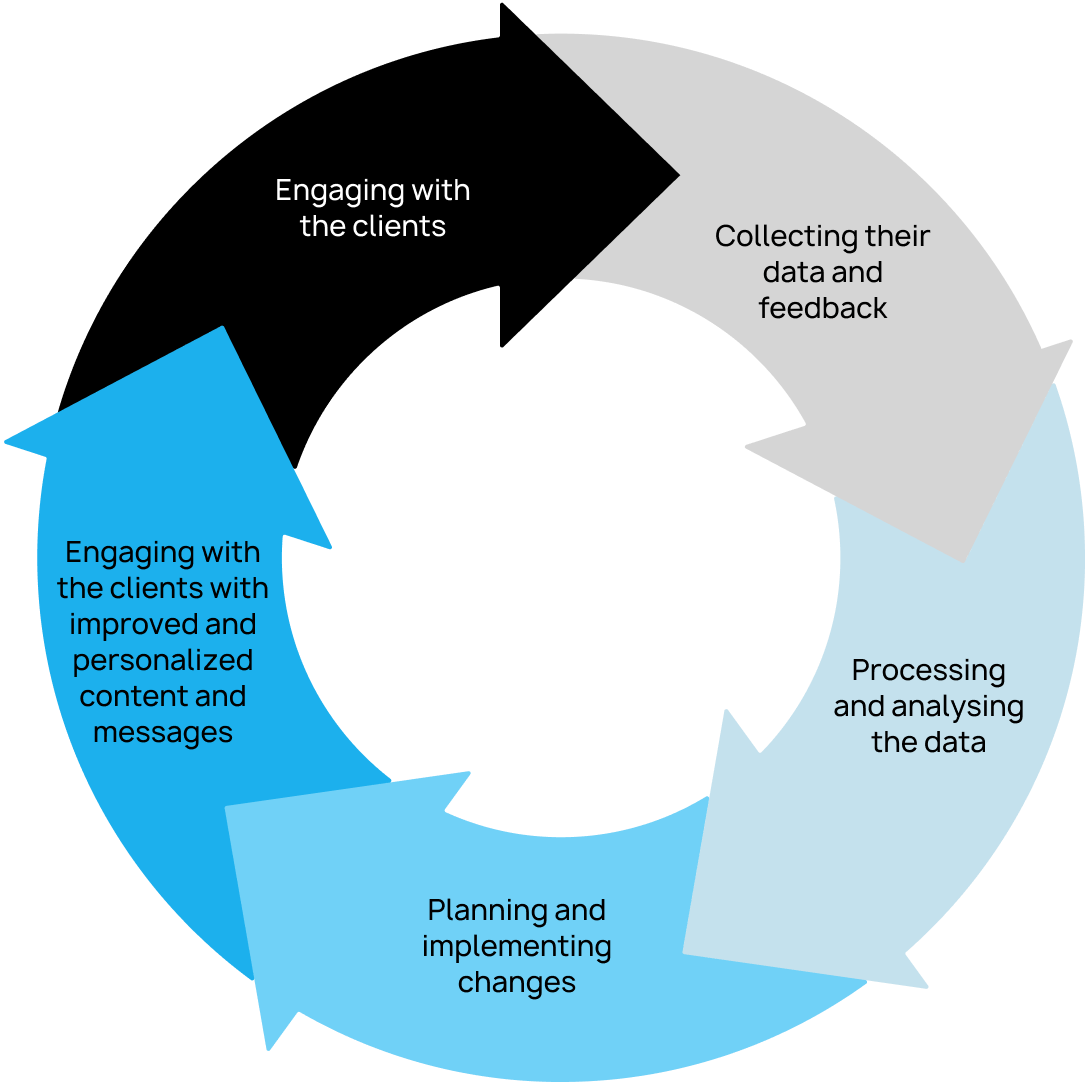
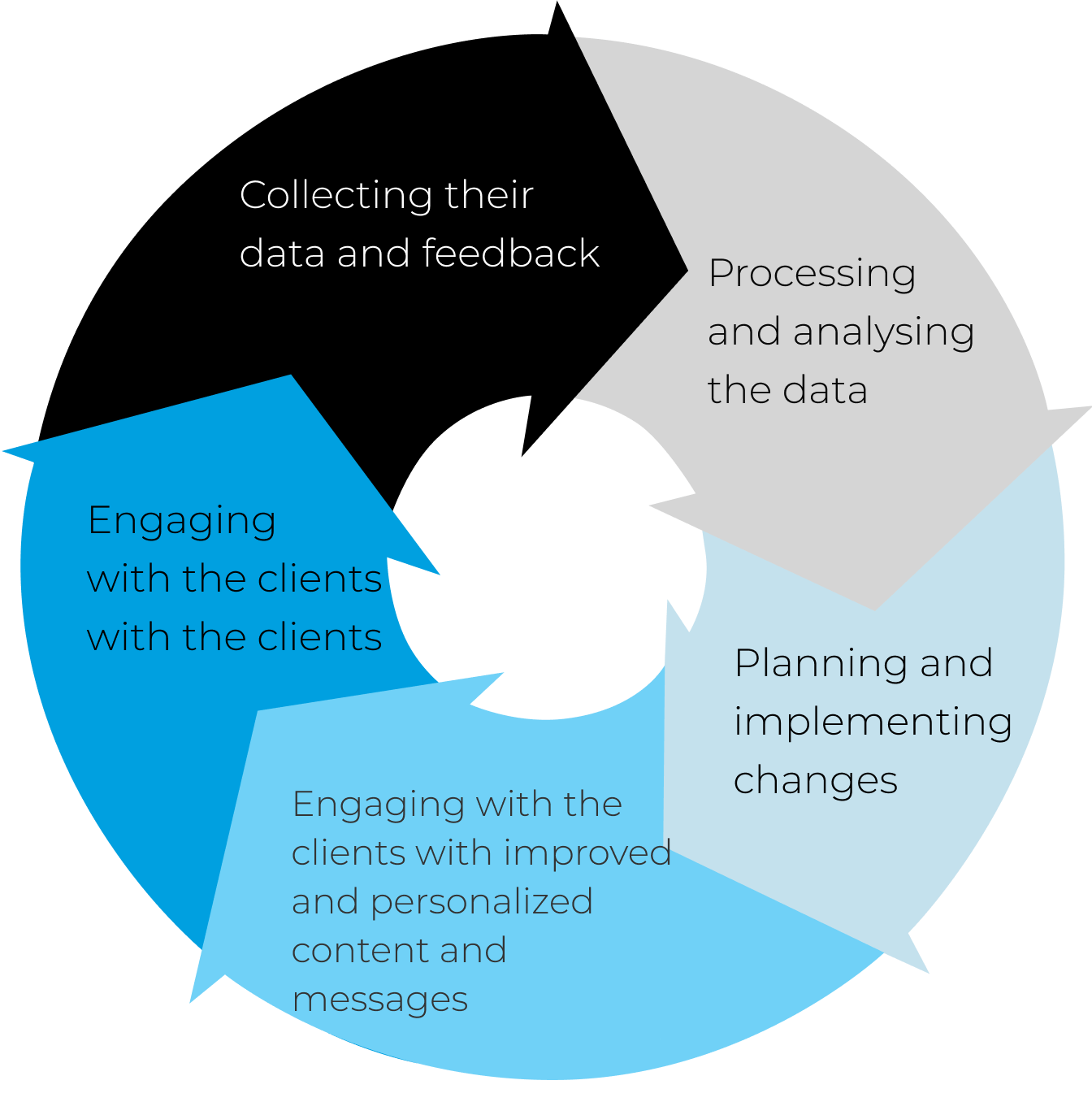
By using data and insights to improve communications and increase sales, a pharmaceutical company closing the loop begins with collecting feedback.
The CLM approach helps to better understand the customers’ views, needs and expectations. It also helps meet HCP’s demand for specific information or clinical evidence, thereby improving their loyalty.
The modern CLM strategy uses technology for each step to make this circular process robust, ensure efficiency, make it usable for large teams, implement methods of statistical analysis, and track results at each step.
The main goal of this process is to increase the volume and quality of sales based on the data collected from the target audience.
As you can see, CLM is not just about creating interactive materials and collecting tons of data. The key point is analysing the data and using the results to help the company flourish and satisfy the customer needs. This is why a pharmaceutical company needs a strategy implemented using a finely tuned platform for CLM, not the platform itself.
What types of data do you feed into a CLM system?
The type of data you collect depends on the KPIs you choose, which in turn depend on your marketing strategy. For instance, you might be interested in understanding:
- The preferred communication channels of your clients
- The type of content that attracts most attention and maximises engagement
- The optimal times to interact with different segments of your target audience
Based on these considerations, you could gather the following data:
- Usage metrics – the number of presentations given, the average duration of each presentation, click-through rates (CTR), and other related metrics.
- Geography – country, region, or city
- Representative information — name or the assigned territory
- Client information — name, position, preferred communication channel
- Content engagement — timelines, charts, page views, heat maps, and other tools to measure and illustrate user actions and areas of interest in your content
- Feedback surveys — short questionnaires presented at the conclusion of a presentation to gather feedback on overall satisfaction and willingness of the client to proceed or pay
- Gathered Insights — any additional information collected during the call, such as perceptions of the product’s effectiveness, prescription rates, direct medical costs, and other relevant data
You will also need to define your TA segments and describe them in detail to ensure the best input for the best output.
A CLM system can include several pieces of specialized software that process different data:
- Customer relationship management (CRM) tool will organize and manage the collected data and help track the feedback from existing customers and potential leads in real time. It will also ensure that all the customer engagement data are available in a consistent format.
- Marketing automation (MA) tools are designed to automate specific marketing actions or tasks. They streamline marketing workflows and provide metrics for evaluating the results of marketing campaigns.
- Content management software is crucial for optimizing the creation and approval of communications tailored to different channels and target groups. It is especially valuable for managing content in a multi-channel closed-loop marketing environment.
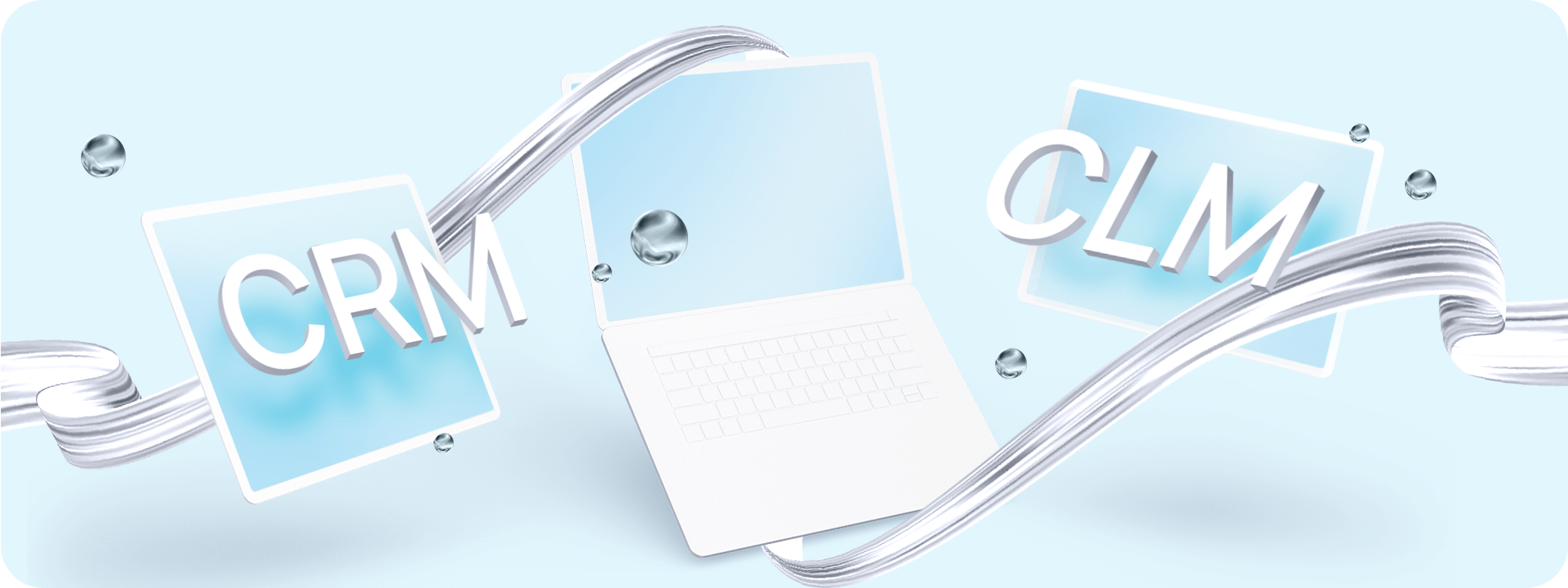
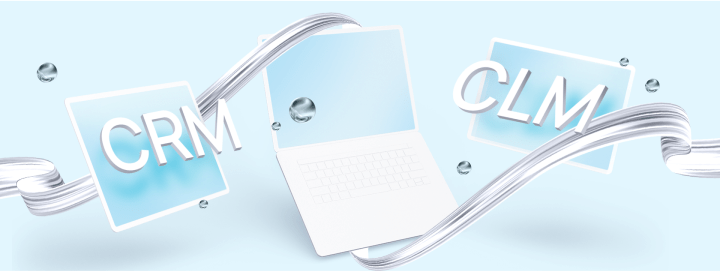
What content is created and used in the CLM?
There are two main types of content in closed-loop marketing. One is internal and is used to analyse the data and insights and present the results. This includes case studies, relevant data, testimonials, graphics, slide sets, and videos.
The second type is external and is aimed at the clients. This encompasses a variety of communication formats suitable for different channels. A CLM system helps incorporate customer experience into communications and create personalized offers.
How can your company benefit from CLM?
In general, CLM helps make customer communications more standardized, robust and targeted. This approach generates a vast amount of data that can be used to segment the TA and personalize the customer experience. More accurate and holistic measurement of KPIs helps improve targeted marketing.
CLM helps improve dialogue with HCPs, better understand their needs and deliver the messages that are valuable to them. Effective use of the customer feedback helps predict customer behaviour.
From a pharma business perspective, a fine-tuned CLM approach leads to long-term savings in the promotion and marketing.
What are the possible drawbacks?
The transition from conventional calls to CLM and multi-channel communication can be challenging. It requires mastering a new technology and transitioning a number of workflows for multiple teams.
In addition, pharma companies can be overwhelmed by the vast amount of data that CLM generates. This approach, despite all the technological solutions, is not fully automated. It requires human input and human analysis of the data. Like a compass and GPS, technology provides many suggestions and insights, but humans make the final decision on which route to follow to reach the destination.
The solution to these challenges is staff training and education. Health care professionals might also need training to make the most of multi-channel communication and learn how to effectively use new information materials and present educational materials to patients.
How do I know CLM is working?
We have said before that CLM in pharma is working if it helps retain clients, attract new clients, and increase revenue. If sales are not going up, the CLM process might be wrong. This is why it’s important to keep in mind that CLM is a strategy, not just collecting data or creating interactive slide sets.
Of course, sales volume is influenced by many factors. The immediate KPIs to evaluate the CLM process would be ROI (Return on Investment) of a marketing strategy, email open rates, clicks, banner exposure, and others.
Can artificial intelligence help?
Actually, in many ways. It can process your data, but the more detailed and accurate the input you provide, the more helpful the answer you get. If the inputs are insufficient, the AI can easily fill in the gaps and give you an answer that is convincing at first glance but will lead you off track.
With the right approach, AI can help you in all CLM stages by:
- Suggesting what questions you might want to answer with the data you collect to improve sales.
- Suggesting what data to use (but that is up to you to decide, based on your judgment and vision).
- Helping you structure, classify, combine or split the data, i.e. prepare it for analysis.
- Classifying information, identifying patterns, and uncovering trends, predicting behaviour and identifying correlations in the vast amounts of data. This is the area where AI can be most helpful in saving time and increasing your sales team’s productivity.
- Writing communications based on insights from data analysis.
Bottom line
As you can see, CLM is a ground-breaking strategy that helps ensure your decisions and sales strategy are data-driven and your communications with the clients personalized.
Dazur Digital can help you execute your strategy and improve the efficiency of communication with HCPs by offering an ecosystem of CLM solutions.

